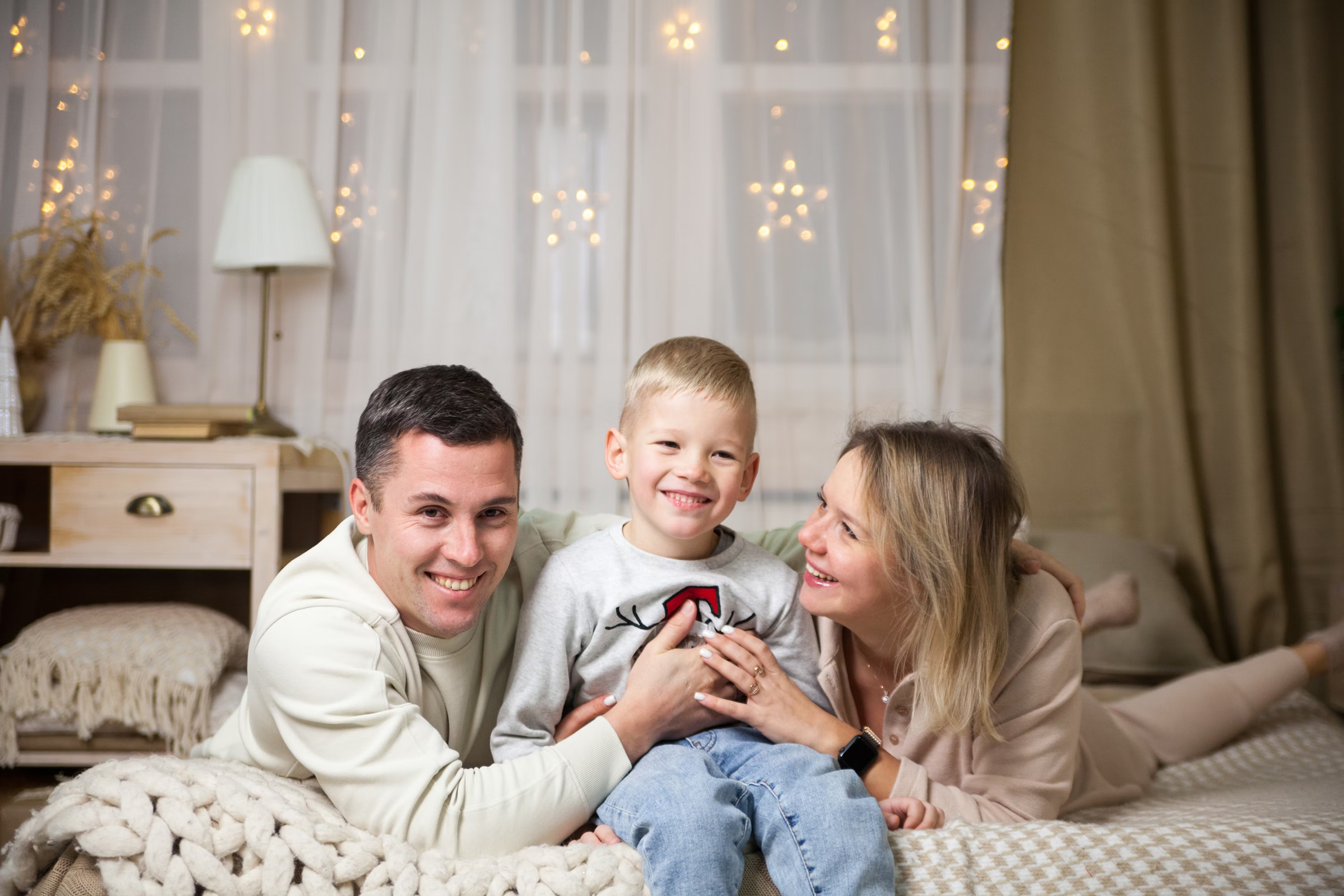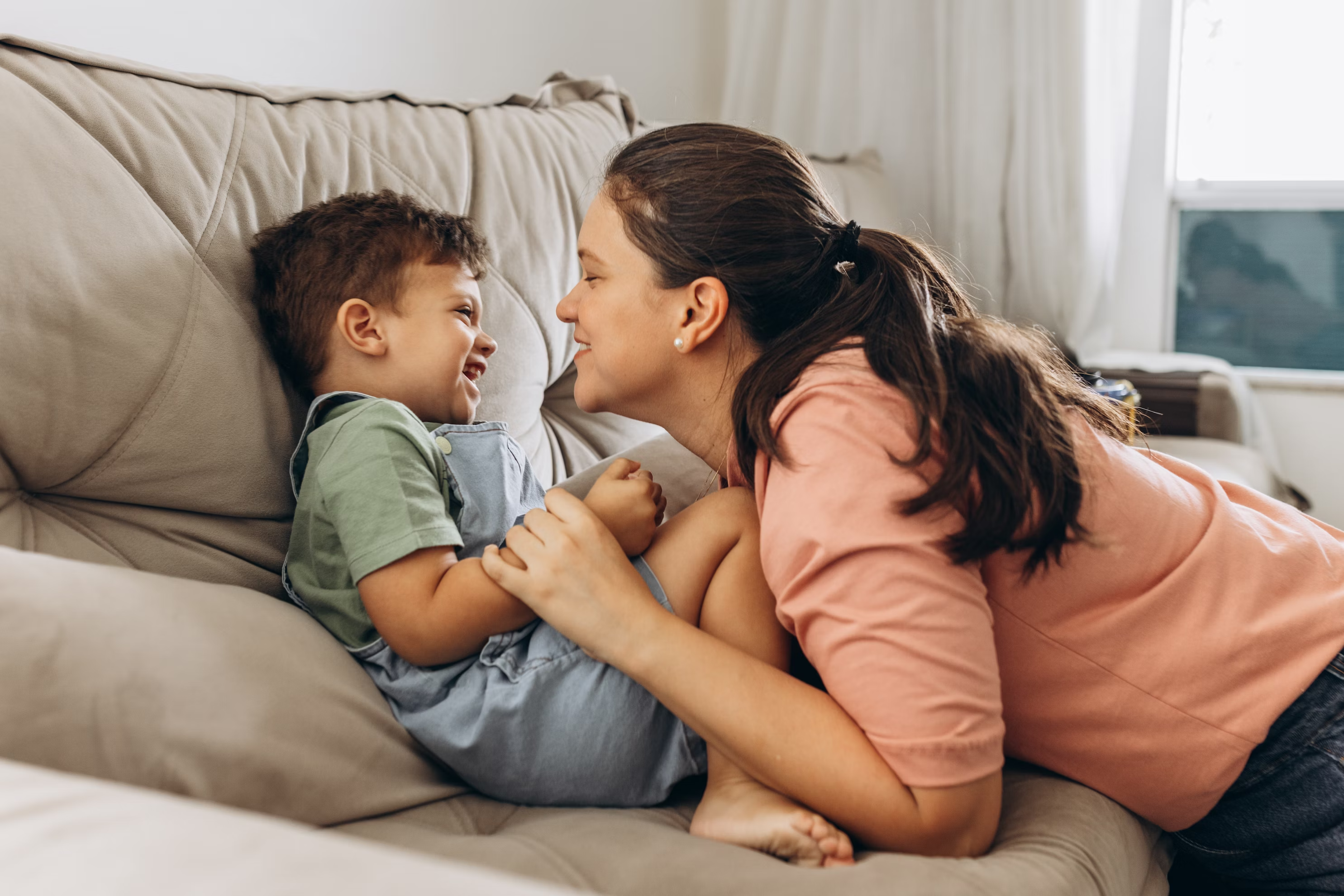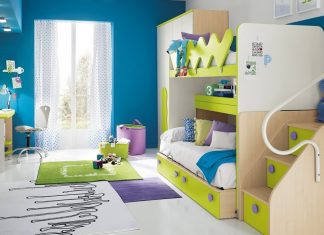A haven for children refers to a stable and secure home that makes them feel physically, emotionally, and socially safe. A balance of the three is imperative for their healthy development and often is the basis of a successful life thereafter. Insecure children who feel disconnected from their homes and guardians typically exhibit behavioral issues as teens and even as adults. As such, providing a consistently safe home and building solid relationships with your kids is foundational to a successful future.
The economy largely dictates the majority of Americans’ daily lives and spending capabilities, and sometimes, it’s hard for some parents to do it all without breaking the bank and depleting their funds. As we all know, that can result in immense stress—and stress is contagious. A stressed caretaker passes on their negativity to kids, which could jeopardize all the effort put toward raising happy children. To create a safe space for your children, even during a tumultuous economic period, focus on the three crucial pillars: physical, emotional, and social safety.
The Three Pillars
Here’s what it takes:
Physical safety
A safe physical environment requires a home that is free from harm, with adequate supervision and resources, such as undamaged furniture and toys, tailored to the children’s developmental needs. There should be an ample supply of nutritious food, clean water, and a comfortable bed for a restful sleep. Ideally, the home should be in a good neighborhood with amenities and opportunities that foster intellectual and social development.
To provide safety at home, you’ll need to ensure an adequate supply of nutritious snacks and meals. Budgeting and making smart spending choices help to ensure that you have enough funds to afford what your kids need without straining. If you live in an unsafe neighborhood or are struggling to make ends meet, perhaps due to the burden of excessive rent rates, seek government assistance. Search section 8 housing online and read about the Housing Choice Voucher for tenants issued by the US Department of Housing and Urban Development (HUD). Apply and wait to be allocated a voucher to offset your rent and utility bills, and in the meantime, prepare for a stress-free move.
Emotional Security
Creating an emotionally secure environment for children involves providing consistent love, care, and acceptance—all of which cost nothing. Encourage openness by being emotionally available, actively listening to them, and responding to their concerns with kindness. Also, be consistent in your expectations of them, and when kids make mistakes, correct them firmly to ensure that appropriate boundaries are established. Extend grace to them as they learn how to regulate their emotions and distinguish between right and wrong. You must constantly express your affection, warmth, and concern for their well-being; it helps your children understand that your love for them is stable, even when the rest of the world isn’t, and even when they make mistakes.
Note that your children’s emotional development is tied to a safe physical environment. So, ensure that they live in a secure household and neighborhood where they feel safe from danger. Limit your children’s exposure to negative influences. If there are any stressors, such as bullying, remove them from that environment or address them with the relevant individuals. However, it’s also essential that you help your children develop healthy stress-coping tools to enable them to navigate challenges effectively.
Social Safety
To provide social safety, ensure that your children feel comfortable expressing themselves without fear of dismissal or judgment. Model respectful behavior by listening when they talk and validating their feelings—allow them the space to communicate their complex emotions. Show empathy and seek to understand their perspective while also demonstrating how their actions impact others. Teach proper conflict resolution and respect for personal boundaries. Also, teach your children to care for others, share, make friends, work with others in groups, and be productive members of society.
It’s Easy to Create a Safe Haven
Ultimately, it’s easy to create a safe, peaceful haven for your children to grow in. Start by ensuring that they have a secure home to live in, with all basic needs met. Next, model the values you wish to instill in them. Your children will have the solid foundation they need to succeed in life—and that’s priceless.















